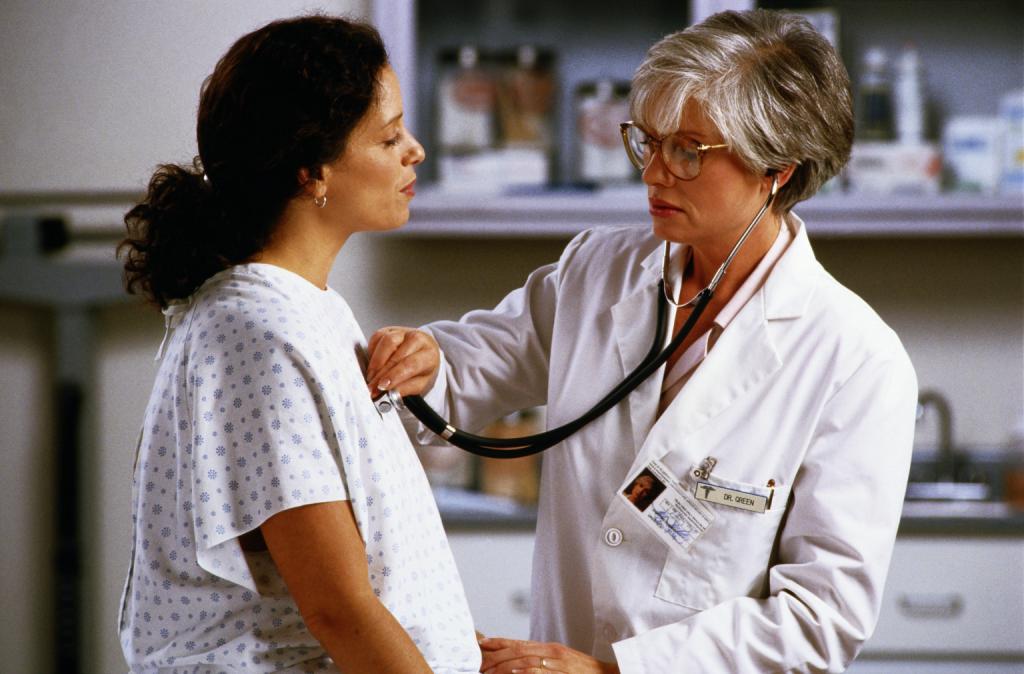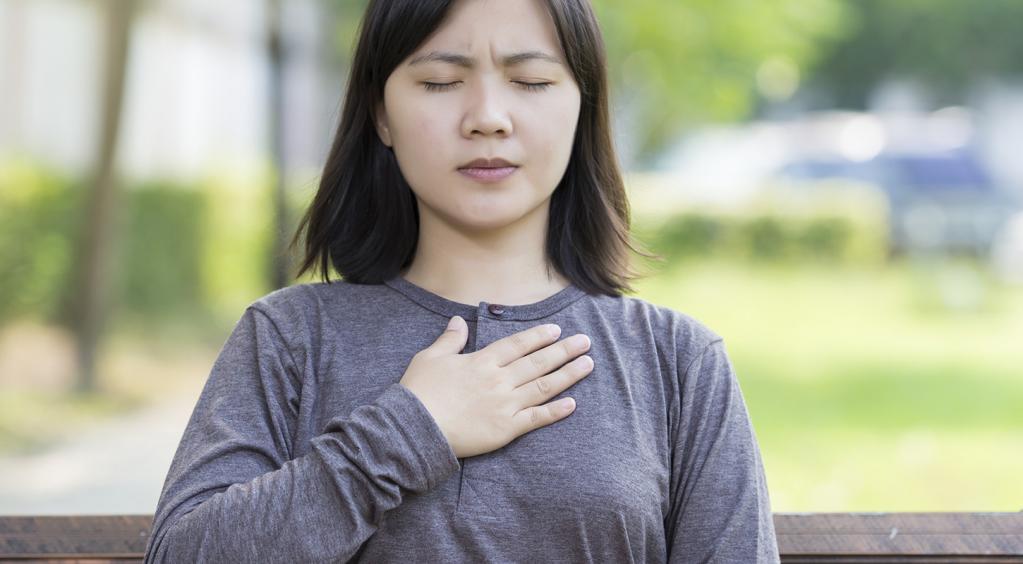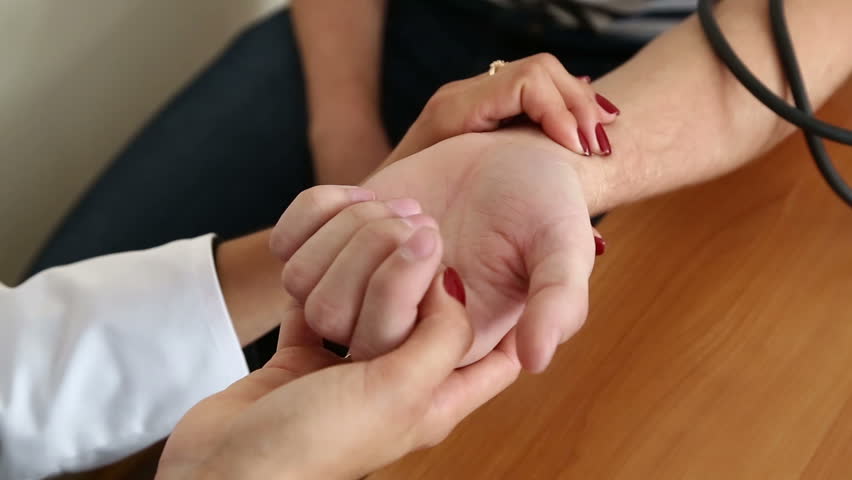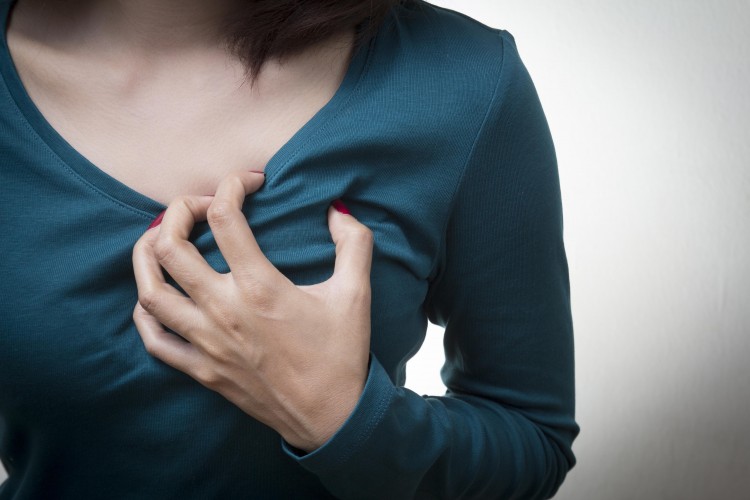Female and male physiology has significant differences. This applies not only to sexual characteristics, but also to the work of all body systems. So the pulse of 70 beats per minute in a middle-aged woman is considered to be overpriced. But for representatives of the stronger sex, such an indicator will be considered normal. By the state of the pulse, one can judge the state of health in general.
What do the indicators depend on?
It is difficult to unequivocally answer the question of which pulse is considered normal in women. This indicator is calculated individually; several factors affect it at once. First of all, the physical form is taken into account. So, in the representative of the weaker sex, who leads a regular measured lifestyle, the heart rate will differ significantly from the performance of an athlete.
Be sure to consider age. The normal pulse of young women and older women can not be the same. A person’s heart changes every year. In a newborn baby, a pulse of 160-170 beats per minute is considered normal. For an adult patient, such indicators are very dangerous.
Affects the work of the heart body weight. In the presence of excess kilograms, the heart works for wear. In this case, the heart rate increases significantly. This affects the hormonal background, endocrine and other body systems. The likelihood of developing chronic diseases is increasing.

The normal heart rate in women engaged in mental work and physical work will differ. In the first case, the heart rate will be lower. Along with this, the pulse will increase with increased load, regardless of the type of activity.
The figures for women living in different regions differ. The heart rate is affected by the environmental situation. In contaminated areas, the pulse will not be normal. The heart has to pump more blood to protect the body from the negative effects of the environment. Indicators of the fairer sex, living on a permanent basis in hot countries, are increasing.
Bad habits affect the work of the cardiovascular system. Women who smoke or drink alcohol will always have higher rates.
Heart rate at a young age
The first changes in the cardiovascular system are observed during active puberty, at 12-17 years. Experts say that an increased heart rate in young women is a variant of the norm. The heart rate during this period can be in the range of 50-90 beats per minute.
Even at rest, the young body requires a lot of strength for the growth of muscle mass and bones, the development of the nervous system. Indicators can increase by 20-30% with moderate physical exertion. Significantly increased heart rate during menstrual bleeding. During this period, the body is already under a lot of stress. Therefore, it is recommended to refuse sports.

The emotional background also matters. Adolescence is a time of anxiety and stress associated with learning and the opposite sex. At 15-17, heart rate can reach 200 beats per minute. In this case, the girl will feel absolutely normal. As they grow older, readings usually return to normal. However, during puberty, a girl should regularly visit a cardiologist.
Heart rate in middle-aged women
What pulse should an adult woman have? Normal are considered indicators at the level of 50-70 beats per minute. If the pulse at rest reaches 100 beats per minute, this may indicate pathological changes in the body. Indicators change during the period of gestation. The longer the gestation period, the higher the rates. At rest, the woman's pulse should be at the level of 85-120 beats per minute.
With moderate physical or mental stress, the heart rate in a healthy woman can increase to 110 beats per minute. It is necessary to undergo an examination if the indicators do not decrease after a good rest.
In middle age, the functions of the cardiovascular system are directly dependent on weight. The more extra pounds a woman has, the higher the heart rate will be. If the weight of an adult woman exceeds 80 kg, a daily heart rate measurement should become a habit. Compliance with this rule will allow you to recognize diseases of the cardiovascular system in time.
Heart rate can be checked very easily. Measurements are recommended in the morning, immediately after waking up. The index and middle fingers must be attached to the radial artery from the wrist and count the heart rate for 30 seconds. The result is multiplied by two.
Some factors may increase performance. At the same time, there is no need to talk about any disease. A pulse of 70 beats per minute in a woman can be observed during travel due to acclimatization. Positive and negative emotions affect the heart rate. A temporary change in indicators is often observed after the use of tonic drinks - tea, coffee, energy drinks.
Heart rate after 40 years
After 35 years, the fairer sex should pay special attention to their health. At this time, the first age-related changes begin to occur, with each year the menopause period approaching. The pulse of a 40-year-old woman should remain at a level of 50-70 beats per minute at rest. Increased rates may indicate the development of hypertension. In the afternoon, with uncomplicated physical activity, the heart rate increases to 90 beats per minute.

Hormones have a significant effect on the functioning of the human body. In the fairer sex, many processes are regulated by estrogen. During menopause, the production of this hormone decreases, the heart begins to work in an enhanced mode. The pulse of a woman 50 years of age or older at rest can be in the range of 65-90 beats per minute. With age, the heart muscle becomes more and more worn out. Great efforts are needed to pump blood. During menopause, in order to facilitate the work of the cardiovascular system, one should adhere to a diet, take multivitamin complexes, and limit physical and emotional stress.
The woman’s pulse is 70 beats per minute, is this normal or not? After the age of 40, such indicators are considered a variant of the norm. However, several factors should be considered at once. It matters what lifestyle the patient leads. In addition, each woman should know her own individual indicators. If the resting heart rate is usually at 50 beats per minute, a heart rate of 70 beats per minute will already be considered overestimated.
Individual rate calculation formula
The Finnish physiologist Martin Karvonen has derived a formula that allows you to calculate the heart rate for each person. You should take into account the pulse at rest, as well as with high physical activity. The intensity of physical activity as a percentage is also taken into account.

So the usual working condition (performing simple work) is 30% of the intensity. To calculate an individual rate, it is necessary to subtract the heart rate indicators at rest from the maximum heart rate. The resulting figure must be multiplied by the intensity in percent and add the pulse at rest.
Example
In a 45-year-old woman, the resting heart rate is 60 beats per minute. With strong physical exertion, this figure rises to 180 beats per minute. The calculation of an individual norm will look as follows: (180 - 60) * 0.3 + 60 = 96.
Thus, a woman’s bullets with light or moderate load should not exceed 96 beats per minute.
Rapid pulse
A pulse of 80 beats per minute in a woman immediately after waking up is an occasion to undergo an additional examination. An increased heart rate may indicate the development of a serious pathological process. This state can be provoked by emotional upheavals, stress, lack of proper rest, hormonal imbalance and much more. The exact reasons for the increase in indicators can only be identified by a doctor after a thorough examination.
It is important to know which pulse is considered normal in women in each case, so as not to miss the development of tachycardia. Such a diagnosis is made if the heart rate at rest exceeds normal. A healthy person can also experience tachycardia during exercise. It is worth worrying if the pulse increases for no apparent reason.
Pathological tachycardia is a dangerous disease that leads to a decrease in the volume of blood ejection. The longer this condition lasts, the more harm is done to all body systems, oxygen starvation develops. With poor blood supply to the heart, the risk of developing coronary disease, heart attack increases.

A pulse of 70 beats per minute in a woman with a norm of 50 beats per minute may indicate an early stage of heart failure. Tachycardia can also be triggered by endocrine disorders. The disease often develops against the background of diabetes.
It is important to understand what a pulse of 70 beats per minute in a woman means. However, the heart rate is not the only indicator indicating the development of pathology. With tachycardia, other unpleasant symptoms will develop. This is shortness of breath, a feeling of heaviness in the region of the heart, decreased performance, insomnia, frequent dizziness, impaired coordination of movements.
Tachycardia Treatment
If the pulse is 70, what should I do? First of all, you should visit a cardiologist, undergo a thorough examination. An electrocardiogram allows you to identify the causes of heart rhythm disturbances. Informative and completely safe for the patient daily monitoring of heart function. The examination is carried out in a hospital. If intracardiac pathology is suspected, an MRI scan may be prescribed.
The principles of treatment of tachycardia are determined by the causes of the development of the disease. If a pulse of 70 beats per minute is observed in a woman, first of all, it is necessary to limit physical activity, to review the diet. It will be necessary to refuse coffee, strong tea, alcoholic beverages, too greasy and spicy food.

Combined drug therapy helps to remove the symptoms of pathological tachycardia. The patient is prescribed sedatives, as well as drugs that normalize blood pressure. Beta-blockers help restore heart rate. If conservative therapy does not show good results and there is a serious threat to the life of a woman, surgery is performed (installation of a pacemaker).
Bradycardia
Previously, it was already possible to find out what the pulse of an elderly woman should be . Pathological are any deviations from the norm, both up and down. Bradycardia is a disease in which the heart rate may be less than 50 beats per minute. The pathological process is manifested by instability of blood pressure, pain in the heart, short-term loss of consciousness.
Bradycardia may be a variant of the norm in women professionally involved in sports. But most often, such a deviation is pathological in nature and indicates a disease of the cardiovascular system. Refusal from timely therapy leads to heart failure and other dangerous complications. A rare heart rhythm leads to cardiac starvation of all organs, a violation of their full functioning.
Bradycardia can develop against a background of vegetovascular dystonia. A decrease in heart rate may be due to neurosis and stress, a prolonged depressive state. Bradycardia can be congenital if a person was born with a heart defect. The exact reasons for the decrease in heart rate can be determined after examination by a cardiologist.

Minor bradycardia may not produce clinical symptoms. If the heart rate decreases to 40 beats per minute, a woman may feel dizzy, weak, nauseous. The memory is broken, the concentration of attention decreases. The first to respond to a decrease in contractile function of the heart is the brain. Bradycardia can lead to loss of consciousness and convulsions.
Bradycardia treatment
It is possible to make the correct diagnosis due to patient complaints, as well as daily monitoring of the ECG. Additionally, a cardiologist can prescribe an ultrasound of the heart. With moderate bradycardia, special medication is not required. A woman is recommended to establish a daily regimen, sleep at least 8 hours a day, eat right, give up bad habits.
If hemodynamic disturbances appear, medicinal herbs (extracts of ginseng root, eleutherococcus, belladonna) show good results. With severe symptoms, treatment is carried out in a hospital setting. Individually, the doctor decides to install an electric pacemaker.
The state of the pulse must be monitored. Deviations from the norm in any direction will indicate the development of a serious pathology of the heart. Angina pectoris is a dangerous complication that can lead to death if you refuse timely treatment. This is one of the manifestations of coronary heart disease, which occurs in 40% of women older than 50 years.
Cardiovascular disease often leads to death of the patient. At the same time, everyone has the opportunity to lead a full-fledged lifestyle, if you control your pulse and blood pressure, promptly seek help in identifying any deviations.